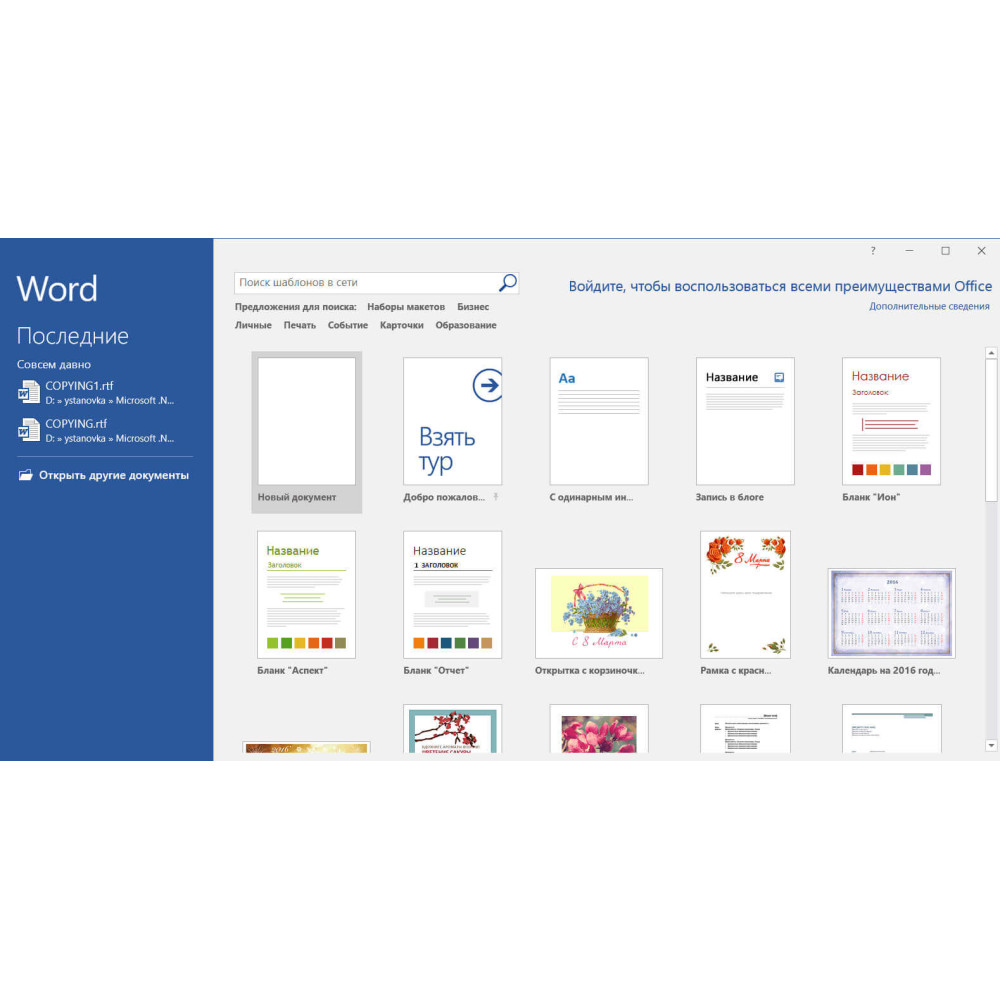

In July 2017 Microsoft finally made the feature available in Excel as well - but only for Office 365 subscribers who have updated to Version 1707 Build 8326.2058 or later. When Office 2016 was released in September 2015, real-time collaboration worked only with Word, PowerPoint and OneNote documents. Now you can easily work on a document with other people in real time, as long as the document is stored in OneDrive, OneDrive for Business, or SharePoint Online. As someone who makes a living as a writer, I can't imagine doing without them.īut previous versions of Office fell short in real-time collaboration features that allow people to work on documents simultaneously no matter where they are in the world, as long as they have Internet connections. The Office suite, particularly Word, has long had the best features of any productivity-tool suite for letting people review each other's documents – I've always thought that its change-tracking, markup and reviewing features were the gold standard for document review. How successful has Microsoft been in adding collaboration features? And how useful are the handful of non-collaborative features added to the core of Office? That's what I'll cover in the rest of this review. That's not necessarily a bad thing – Office is already so stacked with features that adding new ones just for the sake of it could harm rather than help its usability. If you work by yourself and will use Office as a standalone product, you'll find far fewer changes from Office 2013.

If Microsoft were to have a motto for Office 2016, it could well be the old coaching adage "There is no 'I' in "team." The suite offers considerable collaborative and teamwork features that turn Office from a tool for a single person into one that helps people work together.


 0 kommentar(er)
0 kommentar(er)
